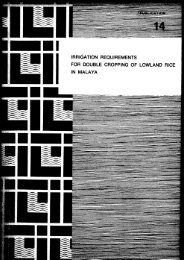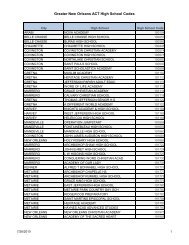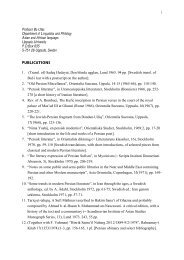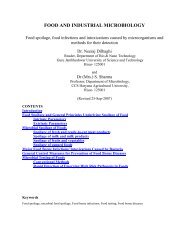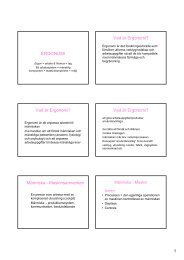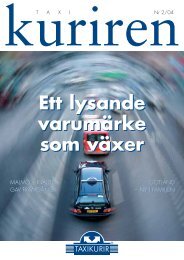On the Future of Indigenous Traditions - Munin
On the Future of Indigenous Traditions - Munin
On the Future of Indigenous Traditions - Munin
Create successful ePaper yourself
Turn your PDF publications into a flip-book with our unique Google optimized e-Paper software.
CHAPTER TWO: Adivasi Customs: Historical overview<br />
and present situation<br />
2.1. Sources <strong>of</strong> Adivasis to be <strong>the</strong> indigenous peoples<br />
<strong>of</strong> India – in <strong>the</strong> evolution <strong>of</strong> cultural policies for<br />
independent India<br />
Where does one find <strong>the</strong> source <strong>of</strong> <strong>the</strong> Adivasis as <strong>the</strong> first settlers in <strong>the</strong> Indian<br />
peninsula? If <strong>the</strong>y are <strong>the</strong> Adivasis, why are <strong>the</strong>y referred to as ‘tribes’ and thus<br />
‘Scheduled Tribes’?<br />
When we are talking <strong>of</strong> <strong>the</strong> Adivasis <strong>of</strong> India, one must know that <strong>the</strong>y are a very<br />
large number <strong>of</strong> different ethnic as well as language groups. They represent a category<br />
<strong>of</strong> peoples within <strong>the</strong>mselves, identified to be different in respect to <strong>the</strong>ir social,<br />
cultural and political organisations. This distinction includes a unique history different<br />
from those in <strong>the</strong> majority groups <strong>of</strong> <strong>the</strong> country.<br />
To find an answer to this question we may have to group <strong>the</strong>se sources within certain<br />
disciplines into two or three broad categories. <strong>On</strong>e <strong>of</strong> <strong>the</strong> sets <strong>of</strong> sources could be<br />
Adivasis’ own traditions based on <strong>the</strong>ir own mythology, legends and oral traditions.<br />
Second set <strong>of</strong> sources could be <strong>the</strong> earliest written source, such as <strong>the</strong> Hindu<br />
scriptures written in Sanskrit language. Lastly, <strong>the</strong> disciplines <strong>of</strong> anthropology,<br />
history, linguistic sciences and written literatures provide us a wide range <strong>of</strong><br />
secondary sources for our investigation.<br />
Putting all <strong>the</strong>se sets <strong>of</strong> sources toge<strong>the</strong>r to identify <strong>the</strong> Adivasi we can see that <strong>the</strong>y<br />
form a distinct category <strong>of</strong> group among <strong>the</strong> larger Indian population. The present<br />
Indian population is a composition <strong>of</strong> broadly six main races who came to <strong>the</strong> Indian<br />
sub-continent in different stages <strong>of</strong> its history, among <strong>the</strong>m <strong>the</strong> “earliest was <strong>the</strong><br />
Negrito and this was followed by <strong>the</strong> Proto-Australoid, <strong>the</strong> Mongoloid, <strong>the</strong><br />
Mediterranean, and later those associated with Aryan culture.” 12 It is stated by S.C.<br />
Roy, particularly in reference to <strong>the</strong> Proto-Australoid group with whom <strong>the</strong> Kolarians<br />
12 Romila Thapar, A History <strong>of</strong> India, Vol. 1. (Baltimore: Penguin, 1965), 26.<br />
26





